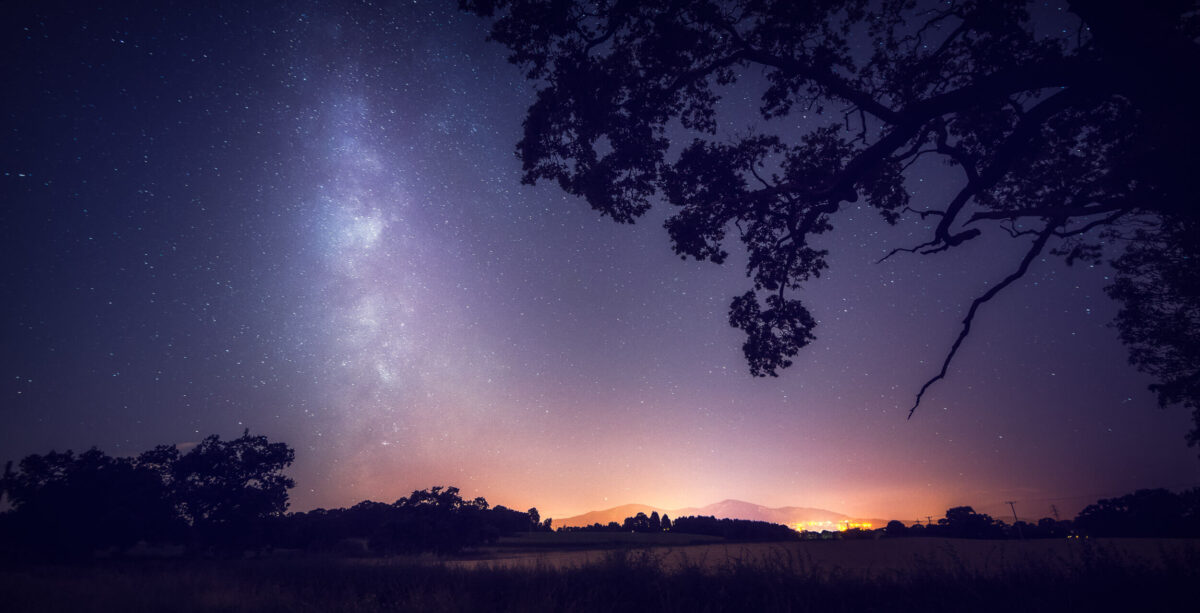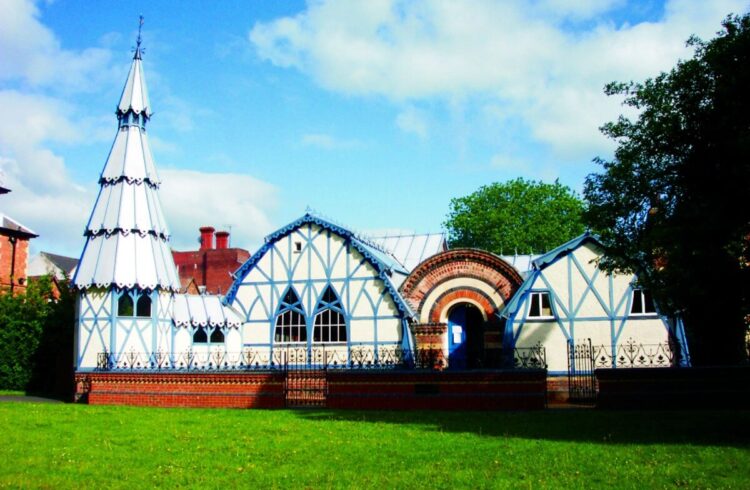Heading out under the cover of night, finding a secluded viewing spot, and turning your eyes skyward to see one of natures most fantastic displays is a must on your trip to The Malverns. Due to our rural location and plentiful viewing points meteor showers and the Milky Way are often visible after the sun goes down. Meteor showers occur when a number of space rocks enter our earths atmosphere at once, the speed and drag on these particles produces heat and light – creating that pretty tail associated with “shooting stars”.
As for the Milky Way, the name given to the galaxy our earth calls home, it becomes visible as a hazy strip of light and thousands of stars when sufficiently far from the light pollution of larger towns and cities. On a good night, at the right time of year, there’s no need for a telescope or any kind of specialist equipment to see the lights curve across the sky.
A walk in the cool air, connection with nature along with some physical activity is a perfect combination to enhance your health and wellbeing. Practice mindfulness on your trip out by counting the brightest stars, naming the colour’s you can see in the stars, and listening in to the night-time noises of the countryside. Bring a group of friends, family or canine companion and make it a collective experience.
(Image credit: Jan Sedlacek)
Dark Sky Spots
In the unpredictability of the modern world, take a second to pause and take in the constant beauty of our universe. We are proud to be home to not one, but two official Dark Sky Discovery Sites – Golden Valley in Castlemorton and in Mathon. In these particular spots, when the sky is clear, the Milky Way can be seen with the naked eye. Make sure to wrap up warm, bringing a sleeping bag or thin camping mattress to protect yourself from the cold ground is a good idea if you want to gaze for a while. Bring snacks, a flask of something hot (tea, coco, mulled wine…) and a torch to find your footing on dark and uneven ground.
Meteor Showers
Catching a meteor shower takes a little bit of planning. Have a look at the dates below for the predicted best times to spot them. Bright moonlight makes them a little harder to see; so for the best chance of a visible display choose a night when the moon isn’t full. Your eyes will need to be adjusted to the darkness so spend a bit of time siting in the dark, with no torches or looking at your phone ideally for at least 30 mins. Lay out something on the ground to keep you warm and lie on your back, looking straight up into the sky, away from any light pollution around the horizon. With this little bit of preparation, you should be well placed to see a great show.
See below for the best times and places to catch a meteor shower in 2024
| Alpha Capricornids | 30 July | 3 July-15 Aug | 5 | Yellow slow fireballs |
| Delta Aquariids | 30 July | 12 July-23 Aug | 25 | Steady stream of meteors over several days but a low rate per hour |
| Perseids | 12-13 August | 17 July-24 Aug | 100 | Many bright fast meteors with trains. Associated with Comet Swift-Tuttle (1737, 1862, 1992) |
| Draconids | 8-9 October | 6-10 October | 10 | Associated with Comet 21/P Giacobini-Zimmer |
| Orionids | 21-22 October | 2 Oct-7 Nov | 25 | Fast with fine trains. Associated with Comet Halley |
| Taurids | Southern: 10-11 Oct Northern: 12-13 Nov | Southern: 10 Sep-20 Nov Northern: 20 Oct-10 Dec | 5 | Very slow meteors |
| Leonids | 18 November | 6-30 November | 10 | Fast bright meteors with fine trains. Associated with Comet Tempel-Tuttle |
| Geminids | 14-15 December | 4-20 December | 150 | Plenty of bright meteors, few trains |
| Ursids | 23 December | 17-26 December | 10 | Sparse shower. Associated with comet 8P/Tuttle |




